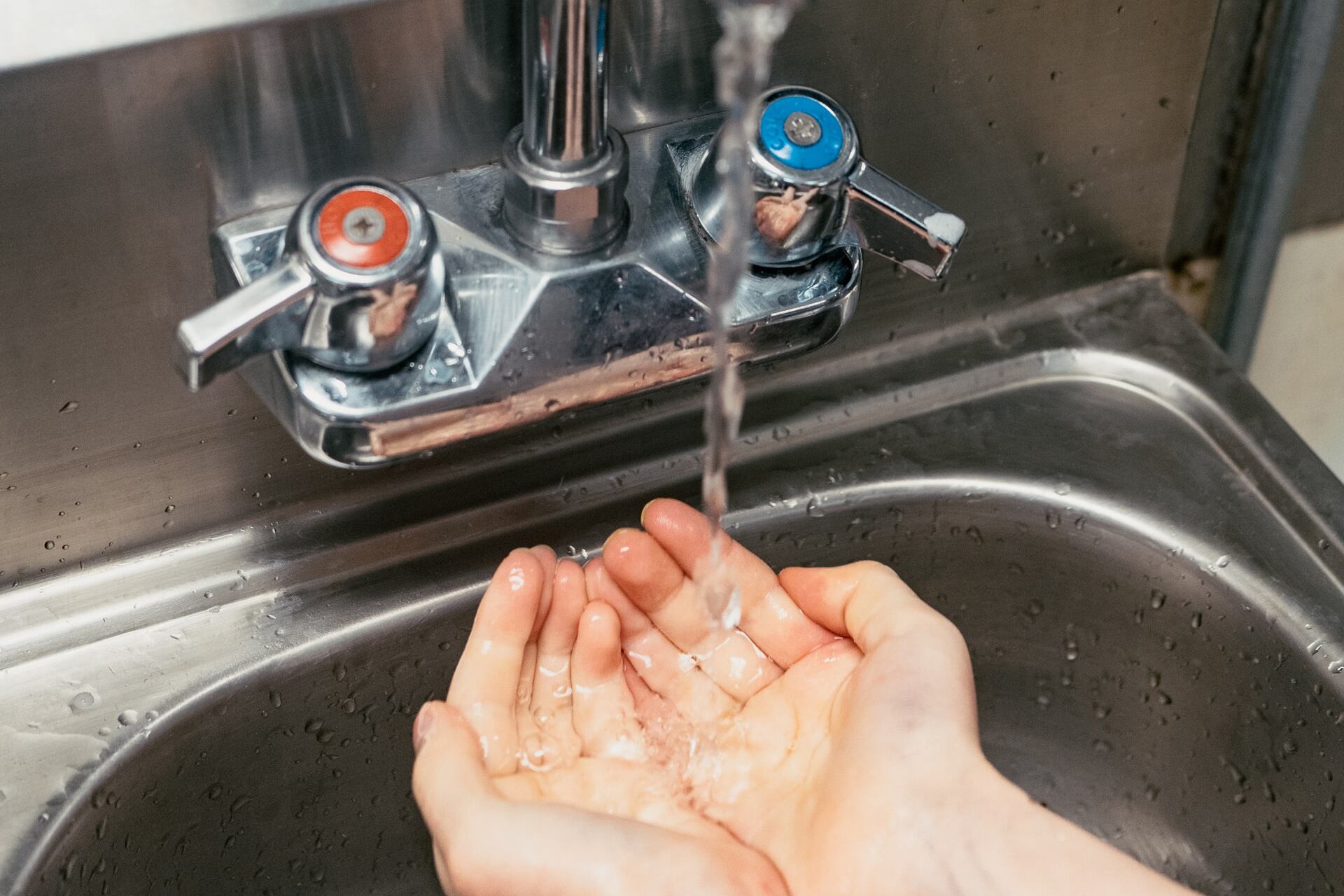State and local leaders have not yet announced whether Indiana school buildings will reopen next academic year. But if campuses do welcome students back, Indianapolis Public Schools will likely look very different, with fewer children in classes, new safety protocols, and a full-time e-learning option, said Superintendent Aleesia Johnson.
The decision on when to reopen Indianapolis schools will be made in collaboration with state and city officials. Gov. Eric Holcomb is expected to release statewide guidance on school reopenings around July 4 at the earliest. Even if schools in other parts of Indiana reopen, Marion County could wait longer before returning to in-person instruction because it has been especially hard hit by the coronavirus.
With the next school year rapidly approaching, the state’s largest district is planning for the challenges it must tackle for staff and students to return safely for in-person instruction, Johnson said. Students at most IPS schools are scheduled to begin the year August 3.
“Everyone is wondering, what’s next year going to look like?” Johnson said at a press briefing Thursday. She noted that while reopening will hinge on state and local guidance, IPS officials have “identified some non-negotiables that will guide our work as we consider the various scenarios.”
Here are the six requirements Johnson laid out:
1). Social distancing
If schools reopen, IPS will implement social-distancing rules, with caps on group sizes and larger distances between people. Getting young children to stick to that guidance could be a challenge, Johnson acknowledged, so classrooms may need to have fewer students and staggered school days.
“The only way you’re able to do it is if you have some students who are attending some days and some students who are not,” she added.
One of the biggest areas of concern is transportation to school since social distancing will be especially difficult on school buses.
Other schools that have reopened in the U.S. and internationally have taken varying approaches. In Montana, one of the first schools to reopen uses 6-foot pool noodles to demonstrate the distance students should keep from others.
Germany has brought older students back to school first, in part because they are better able to follow guidance. But other nations, including France, are taking the opposite tack by bringing back younger students first.
2). COVID-specific safety protocols
IPS officials say that all schools must have specific protocols in place to promote health and safety. Those would include disinfecting surfaces regularly. Johnson said the district is not yet sure whether teachers and staff will be required to wear face masks.
3). E-learning option
Even when schools restart in-person instruction, a full-time e-learning option must be available for families that choose it, Johnson said. Some parents may keep their children home out of concern for their health or the safety of their families. The district will begin a survey in the next few days to see whether parents are comfortable sending their children back to school and what would make them feel more secure.
4) A closure plan
Should COVID-19 cases force specific school buildings to close, IPS must have a plan to quickly shift back to e-learning for students, Johnson said. While IPS elementary and middle school students have relied on paper packets for school work during the closure this spring, the district plans to shift instruction online. IPS is spending about $12 million to ensure every student has a device, such as a Chromebook or iPad, by next school year.
5). More learning time
The district could change the school calendar or hours to ensure that students who missed out on learning time this year have a chance to catch up, Johnson said. Many educators are especially concerned about the impact school closures will have on vulnerable students, including those without access to the internet at home, those whose parents are not able to dedicate time to help with school work, and those who were behind before the pandemic.
6). Emotional support
The district will prioritize social and emotional learning for students, Johnson said. That’s a common refrain among Indiana educators, as schools try to support children who are facing existing traumas or those brought on by the coronavirus crisis, such as the illness or death of a family member, or food or housing instability brought on by a parent’s job loss.







